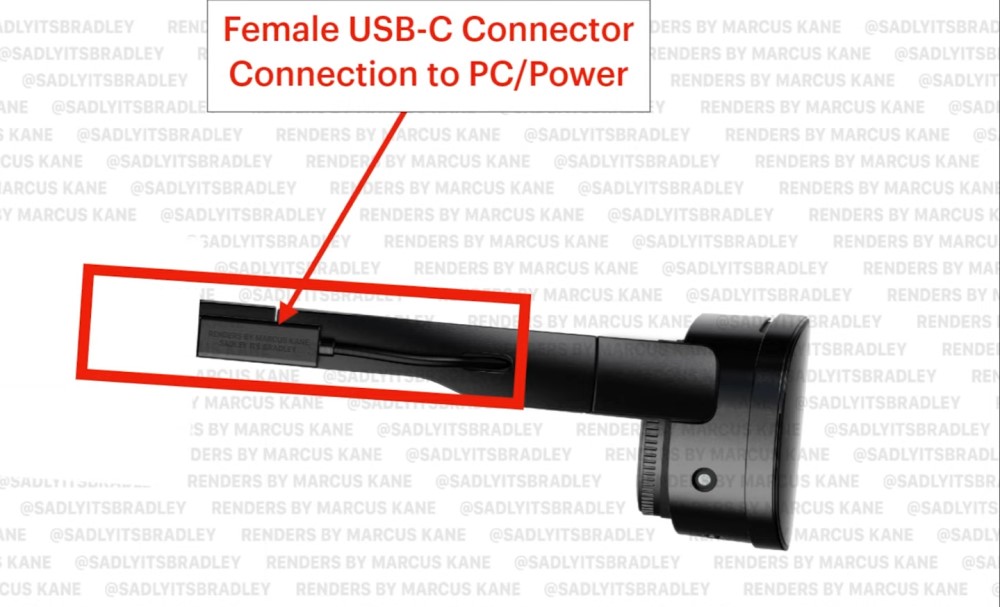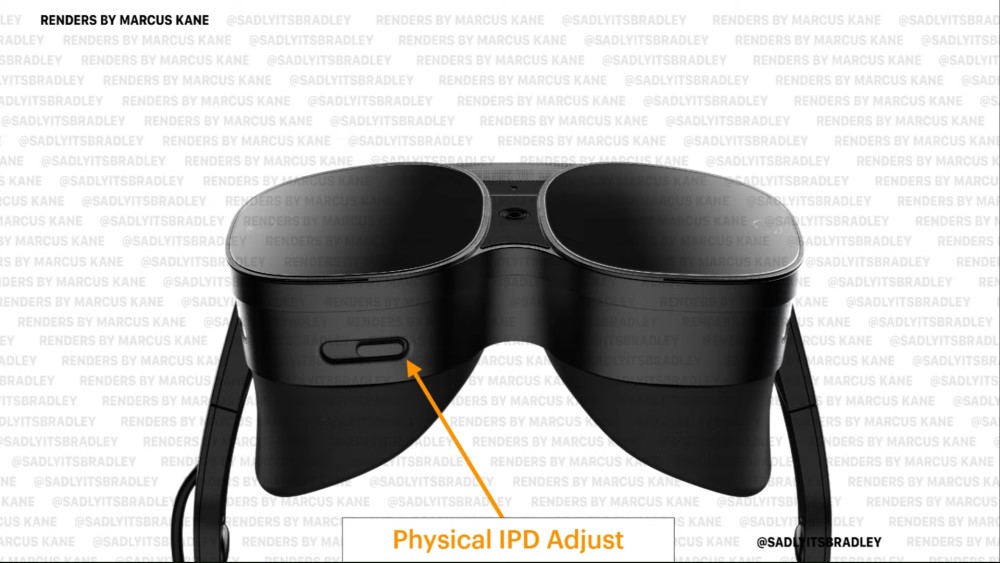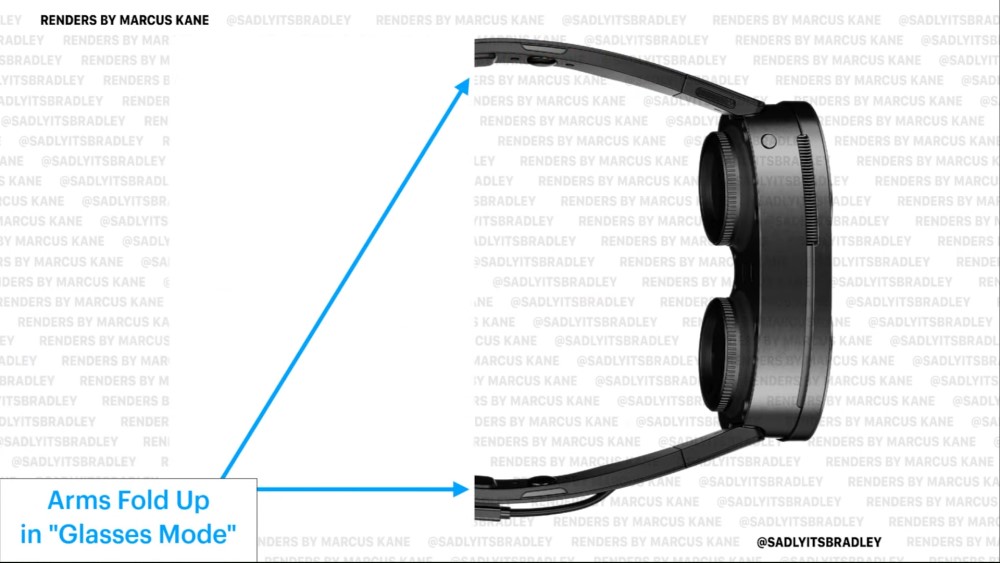HTC Vive’s New Standalone VR Headset Gets Leaked

HTC Vive has been teasing a new VR headset on its Twitter account for quite some time now. Fortunately, a prominent leaker, Bradley Lynch, has revealed key details about the upcoming VR headset. He referred to the device as the HTC Vive Flowcus, a modular standalone VR headset.
According to Bradley, a recent SteamVR beta update did leak some information about HTC’s new VR headset. However, he also compiled information from many industry sources and supply chains. Bradley even worked with an industrial designer to make renders of the new HTC Vive VR headset.
HTC Vive’s new Standalone VR headset [leaked specs]






The headset’s design seems to have taken inspiration from the company’s previous VR headset, HTC Vive Flow. The standalone device also features four black-and-white tracking cameras and one RGB passthrough camera. This gives the headset mixed reality capabilities similar to the Pico 4 and Quest Pro.
Like many VR headsets, the new HTC Vive Flowcus also features a physical IPD adjustment dial at the bottom. According to Bradley, the headset will also have separate LCD displays with 1920 x 1920 per eye resolution. And just like the Meta Quest 2, the new HTC Vive standalone will also run at 120Hz.
The company is also using pancake lenses similar to the Vive Flow to make the headset thinner. Another thing they have adapted from their previous headset is the built-in dioptre for Myopia. Many users won’t have to wear their glasses when using the headset.
Like other standalone VR headsets, the new HTC Vive ‘Flowcus’ will also have built-in speakers near the ears. Bradley’s sources also suggested that there would be a USB-C port on the inner side of the VR headset. It can be speculated that the port will be used for an eye and facial tracker.
The headset’s battery will be mounted on the back with an adjustable strap. However, the battery and the strap can be removed from the headset to go into a ‘Glasses’ mode. This ‘Glasses’ mode might allow the headset to connect to a PC or a smartphone through a USB-C cable.
According to the Bradley’s sources the chip used to power the headset will be much faster than the ones used in Meta Quest 2. Currently, all standalone VR headsets use the Snapdragon XR2. However, the company is also expected to launch its successor the Snapdragon XR2 Gen 2 which will be 30% faster than the previous chip.
Price and Release Date
As for the price of the new HTC Vive standalone headset, it seems the company is targeting the consumer market. However, most of their consumer VR headsets have been around $800 as HTC can’t really afford to subsidise their products.
The headset is targeted to be launched in early 2023. Let us know what you think about HTC’s newest VR headset in the comment section below.






